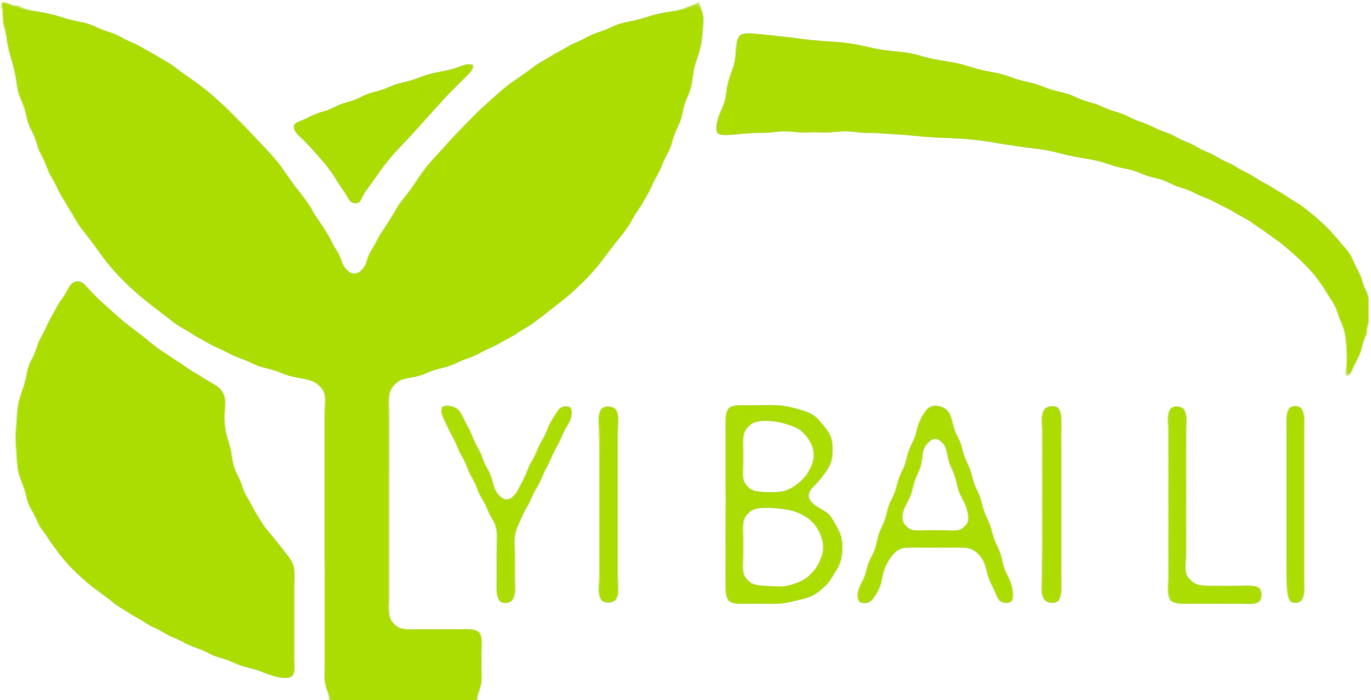Make your soup product stand out with some special packaging
Essential Design Elements for Shelf - Standing Soup Containers
When you walk into a grocery store, there are so many products vying for your attention. For soup packaging, it has to quickly show that the soup inside is good and easy to use. Heat - resistant polypropylene is a great material for this. It means you can pop the soup container in the microwave without any problems, and it also keeps its shape well. Transparent window panels on the packaging are really clever. They let you peek at the soup inside, and when combined with bright, colorful illustrations of vegetables, it makes the soup look really appealing. According to research by the Food Marketing Institute, a whopping 68% of consumers say that how fresh the soup looks on the shelf is the main thing that makes them want to buy it. Also, the containers are designed with ergonomic grip patterns. Whether it's a shelf - stable soup that can be stored at room temperature or a refrigerated one, these grip patterns make it easier to hold the container, improving the overall experience for the customer.
Balancing Sustainability with Product Protection
We've seen how important the design of soup packaging is for catching consumers' eyes. But in today's world, there's another big factor to consider: sustainability. Modern consumers really care about the environment, and they want packaging that's good for the planet without sacrificing the safety of the food inside. That's where plant - based bioplastics come in. These are made from things like corn starch or sugarcane. They can do a similar job to traditional polymers in protecting the soup, and they can reduce the carbon footprint by up to 40%. Some soup containers now have dual - compartment designs. They're made from 100% recyclable materials. This is great because it allows dry ingredients to be separated from the broth. This not only makes the soup last longer but also means less need for preservatives. And there have been some cool advancements in compostable film laminates. In controlled environments, they can degrade in the soil by more than 92% within 12 months.
Compliance - Driven Packaging for Global Markets
Sustainability is important, but when it comes to selling soup globally, there's another crucial aspect: following the rules. Different countries have their own regulations about food contact materials. In the United States, for example, the packaging has to use FDA - compliant inks and adhesives. These need to be able to handle sterilization processes at temperatures up to 121°C without any chemicals leaching into the soup. In the European Union, according to Directive 2011/62/EU, the packaging must have tamper - evident features. This means there are pressure - sensitive indicators that show if the container has been opened before. And when it comes to nutritional labeling, it's a complex task. Manufacturers need to declare allergens as required by 38 different countries, all while making sure the label is easy to read, even on curved surfaces of the soup container.
Smart Packaging Integration for Enhanced Consumer Engagement
Complying with regulations is necessary, but how can soup packaging go the extra mile to engage consumers? Near - field communication (NFC) tags are a really neat addition. When these are embedded in the packaging, you can use your smartphone to access things like preparation videos and information about where the ingredients came from. Time - temperature indicators are also great. They use color - changing pigments. This helps consumers quickly tell if the soup is still fresh. According to the SmartLabel Initiative, this can reduce food waste by 22%. And some companies are trying out reusable container programs. They use QR - code tracking, and in pilot studies, this has shown a 31% higher customer retention rate.
Cost - Effective Production Techniques for Small Batches
Engaging consumers is important, but for small - scale soup manufacturers, cost is also a big concern. In the past, getting custom - designed packaging was expensive if you only needed a small number of units. But now, digital printing technologies have made things easier. Small - scale manufacturers can order as few as 500 units with custom designs at a cost that's similar to what it used to be for traditional offset runs of 10,000 units. Modular mold systems are another great innovation. They allow for quick changes between different pouch sizes and spout configurations. And by using lightweighting strategies with reinforced fiber materials, manufacturers can cut down on shipping costs by 18 - 24%, all while still meeting the drop - test performance standards.
Future - Proofing Packaging Through Consumer Insights
Cost - effective production is great, but to stay ahead in the market, manufacturers need to know what consumers will want in the future. By constantly analyzing purchase pattern data, they can spot emerging trends. For example, in Q3 2023, there was a 27% year - over - year growth in the demand for portion - controlled single - serve cups of soup, especially for office consumption. As the population ages, there's also a growing demand for easy - open lids that don't require a lot of force to open, less than 2.5kg of activation force. Now, manufacturers can use predictive analytics tools. These tools are really powerful. They can simulate how the packaging will perform in 14 different climatic zones before the manufacturers even start making the actual packaging tools.

 EN
EN
 FR
FR
 JA
JA
 RU
RU
 ES
ES
 AR
AR
 BG
BG
 CS
CS
 DA
DA
 NL
NL
 FI
FI
 DE
DE
 EL
EL
 HI
HI
 IT
IT
 KO
KO
 NO
NO
 PL
PL
 PT
PT
 RO
RO
 SV
SV
 TL
TL
 ID
ID
 LT
LT
 SR
SR
 UK
UK
 VI
VI
 HU
HU
 TH
TH
 TR
TR
 FA
FA
 AF
AF
 MS
MS
 GA
GA
 EU
EU
 LA
LA
 NE
NE
 KK
KK
 UZ
UZ
